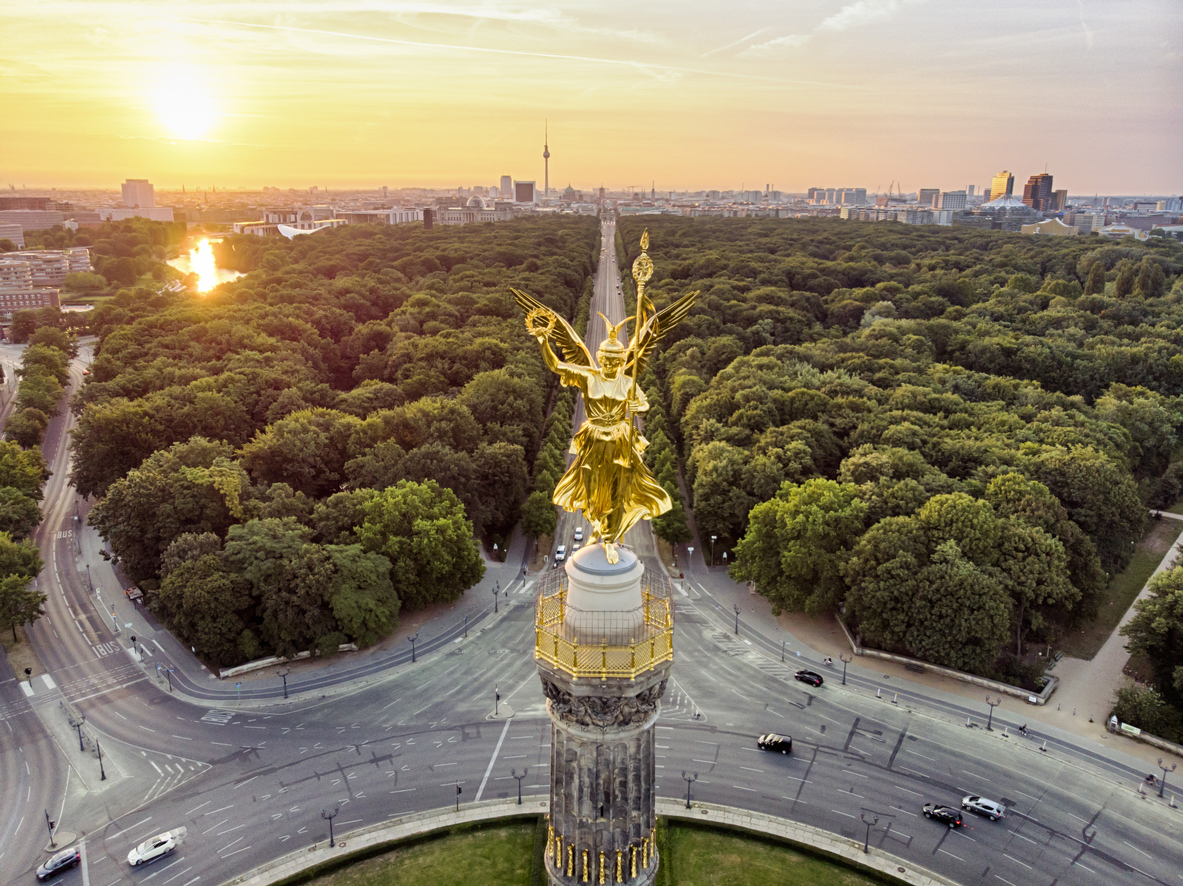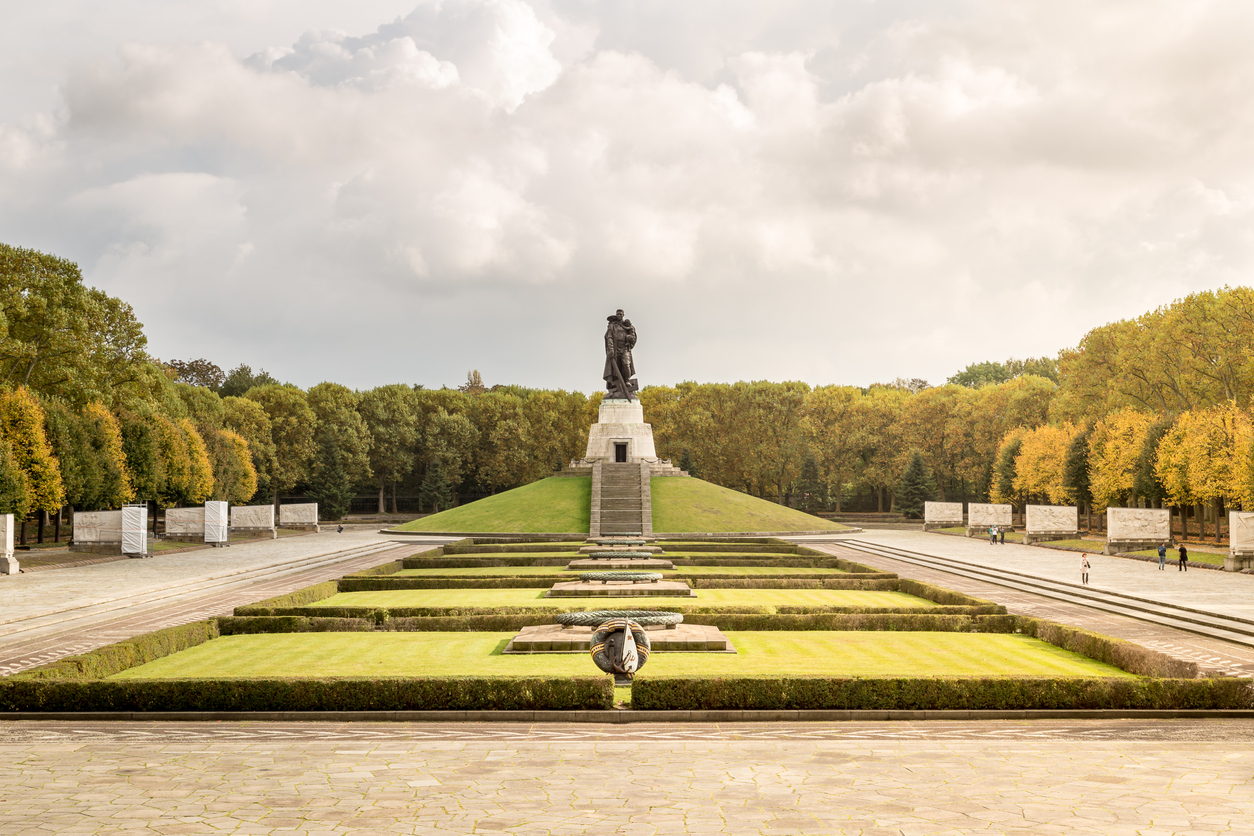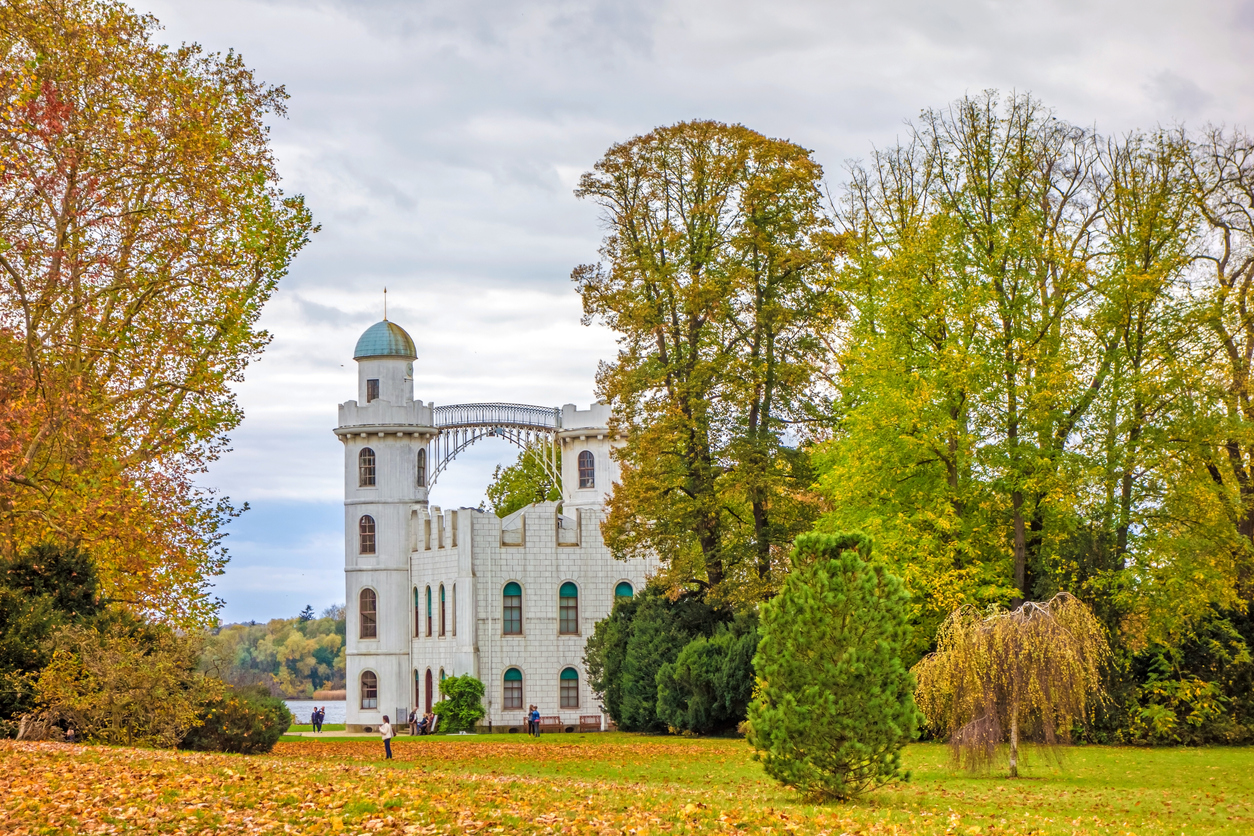 stocklapse
stocklapse
Many of you already know that Germany‘s capital is a dynamic multicultural city, embraces some of the world’s the most avant-garde art; nurtures groundbreaking filmmakers; and is home to some of Europe‘s most exciting nightlife. But Berlin is also one of the continent’s main green capitals – both in terms of environmental leadership and in the natural spaces it offers Berliners and visitors alike. Seven percent of the is given over to public parks – which translates into more than 2,500 green spaces. That may sound impressive, but more impressive still will be to see it for yourself in the Tiergarten, Treptower Park, the Pfaueninsel, or Tempelhofer Park, on the site of the eponymous former airport.
Personally, Treptower is my favourite, with 160 hectares (almost 400 acres) full of history dating back to 1888. It has very large green areas and a charming jetty from which you can take small boats to explore the Spree River and get to know the Insel der Jugend (Island of Youth), where concerts are held in summer; but, above all, what impresses me most about this place is the Soviet War Memorial (below), a huge mausoleum in honor of the 80,000 soldiers who lost their lives in the Battle of Berlin and commemorating victory over the Nazis. The look of the soldier who leads this architectural ensemble still overwhelms me.
 nodostudio
nodostudio
We’ll continue our stroll on to the capital’s main green space: the Tiergarten, a 210-ha (520-ac.) park located in the heart of Berlin, an authentic ode to urban nature. It was once a hunting preserve during the Prussian era, until it was opened to the public in the 18th century. Trails, lakes (some catering to nudists) and a profusion of oaks, linden and chestnut trees, among many other species, make this place an idyllic oasis any time of the year; though of course, nothing compares to the beauty of the fall colors. Simply spectacular.
Apart from its natural charms, the Tiergarten is also worth a visit for the diversity of monuments that it contains: the tribute to the Soviet soldiers fallen as World War II drew to a close (tanks and all), statues in honor of great national figures such as Beethoven, Bismarck, and Goethe, and the famous 42-meter (140-foot) carillon that plays concerts every Sunday at 3 pm during the summer months. In the very heart of the park, we can also enjoy the incredible Siegessäule (Victory Column, top), great symbol of the capital, and on the outskirts, the Brandenburg Gate and Bellevue Palace (the Spanish Embassy, by the way, is also in the Tiergarten).
 aldorado10
aldorado10
Meanwhile, Pfaueninsel (Peacock Island) is home to beautiful vegetation, an iconic blue and white castle, and, of course, a multitude of peacocks roaming freely. This UNESCO World Heritage Site on the outskirts of Berlin is easily accessible by public transport and, once nearby, you must take a ferry to get around the Havel River. It’s an ideal spot for any lover of nature, with trails that lead you around the island so you can thoroughly enjoy this protected natural place.
 hanohiki
hanohiki
Finally, can you imagine skating or cycling around an airstrip? Have a picnic and play frisbee in an airport? Well, that is exactly what you can do at Tempelhofer Park (above), the Cold War-era airport in western Berlin that fell into disuse after reunification and which, through a popular referendum, citizens decided to allocate for general use. Yes, an airport converted into a park and another urban green space: 380 ha (940 acres) worth of nature and asphalt, in which it’s common to see people running, walking their dogs (for which 10 whole acres have been allocated) and barbecueing (another 2.5 ha/six acres). An urban garden project at the service of the community has also been developed lately. Sometimes music festivals and other events are also held here. Funny to enjoy the great outdoors in an old airport, don’t you think?

